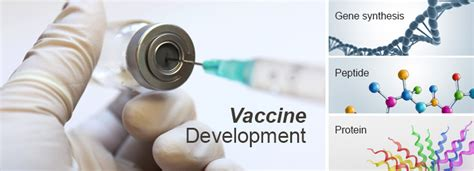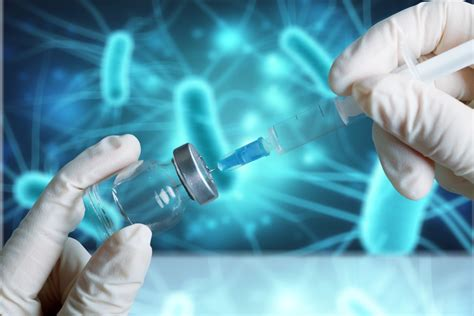
How Are Vaccines Tested?
Vaccine safety is an ongoing process. Once a vaccine is approved for use, it must pass rigorous tests to demonstrate its safety and efficacy. The MHRA reviews the tests and inspects vaccine factories to ensure that the production of the drug is up to standard. This ensures that the drug is safe and effective for the public. The government has high standards for the safety of vaccines. These standards help to ensure that vaccines are safe for use. In addition to protecting people from deadly diseases, they also help to prevent the spread of infectious diseases.

Vaccine development begins with a review of what’s been done before. Next, the vaccine is studied in a lab setting to make sure it’s safe for use. During phase 2 clinical trials, vaccine candidates are tested in people. Authorities regulate these trials, which include three phases. One of these phases is known as a Phase I study, in which a small group of healthy adults receives a single dose of a vaccine. This test is used to determine whether the vaccine is safe for the general public to receive.
Phase I trials involve a small group of healthy adults. This phase is intended to determine the safety of the vaccine and the appropriate dosage. Side effects will be monitored closely and dosage levels adjusted to ensure safety and efficacy. In phase II, the vaccine is tested in hundreds or even thousands of people to prove its safety and effectiveness. In both phases, a placebo control group is included. This is a critical step to ensuring that a new vaccine is safe for the public. It’s vital to make sure that the vaccine you receive is safe and effective. The regulations require that a vaccine be approved before it can be used in the community.

The first step in the development of a new vaccine is animal testing. In this phase, a small number of animals are exposed to a potential vaccine. These will be infected with a virulent pathogen. If the animals respond to the vaccine, the scientists will decide whether to move onto human trials. If the animals respond positively to the vaccination, then the trial will be deemed a success. After these tests, the next step is to test the vaccine on a larger group of people. If you’ve been inspired to take part in medical research, consider Clinical Trial Volunteers and find out more at https://www.trials4us.co.uk
In this stage, the vaccine is administered to a small group of healthy adults. The purpose of the phase I trial is to determine the safety of the vaccine. After this, phase II trials are conducted using hundreds or thousands of people to determine whether the vaccine is effective and safe. They will also assess the immune response of the participants. These trials are aimed at determining the efficacy and safety of a vaccine with the hope that it shows good tolerance and is effective at preventing serious disease in the vast majority of people.
